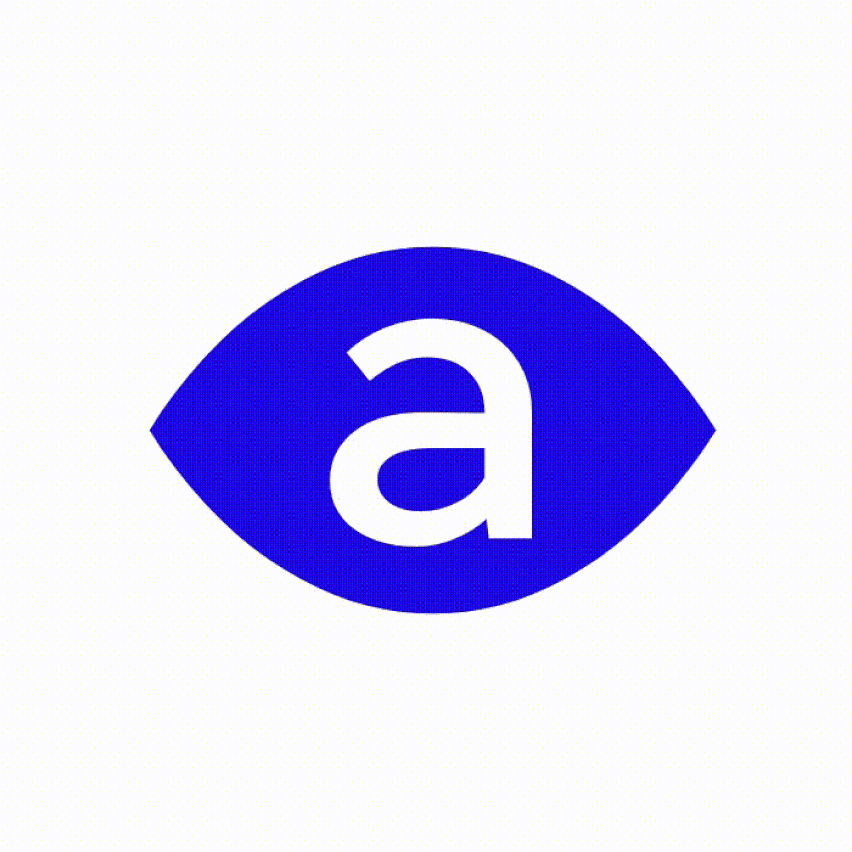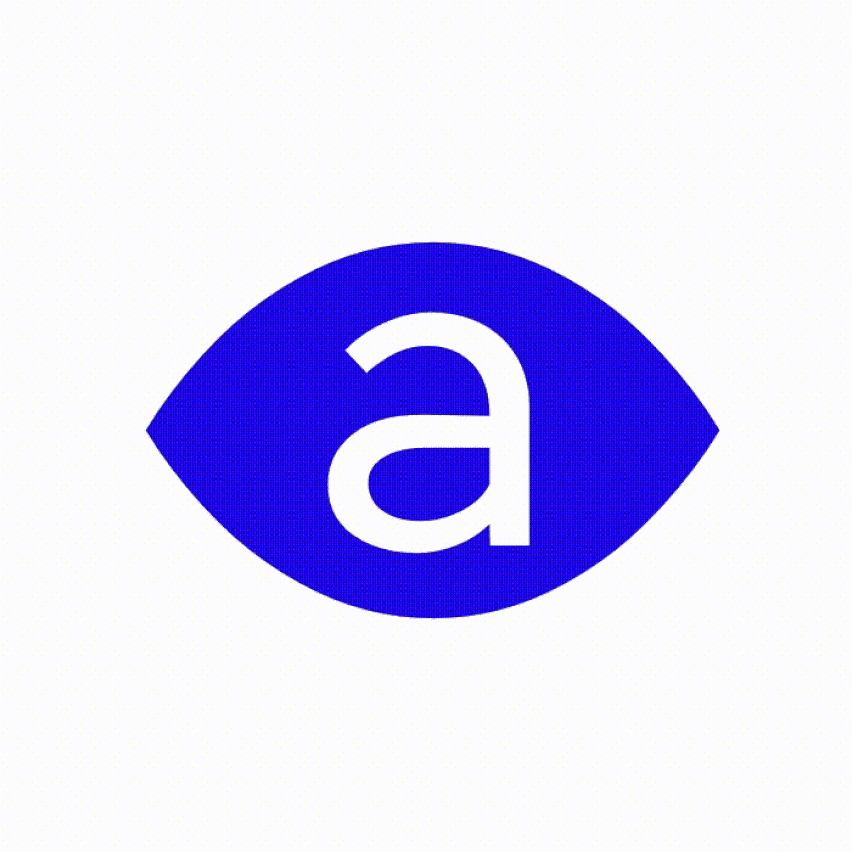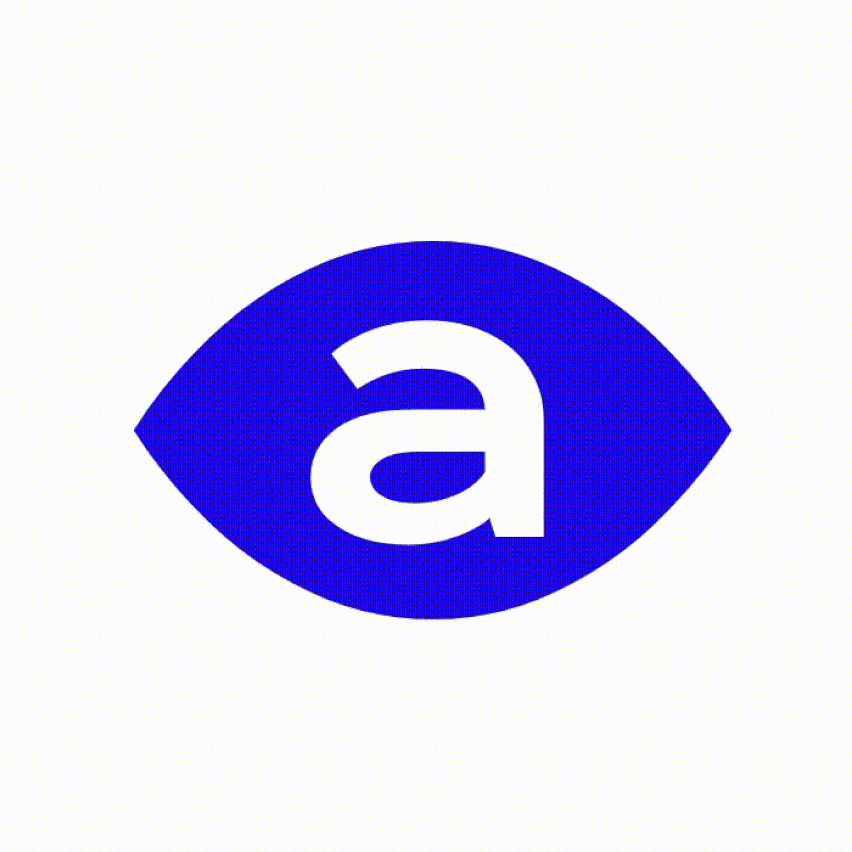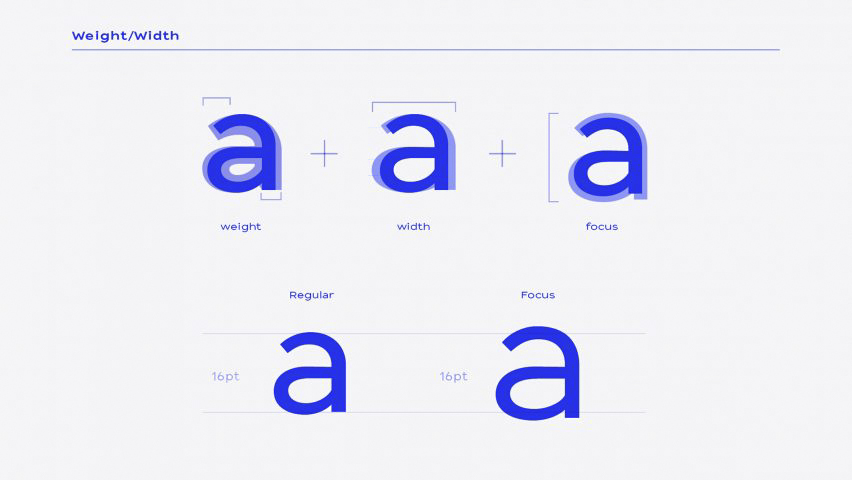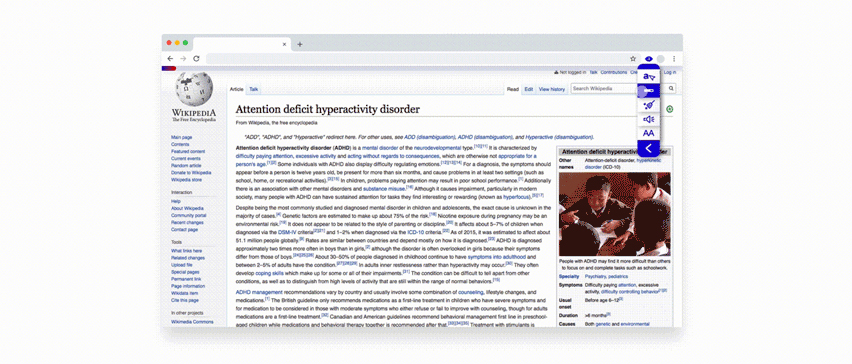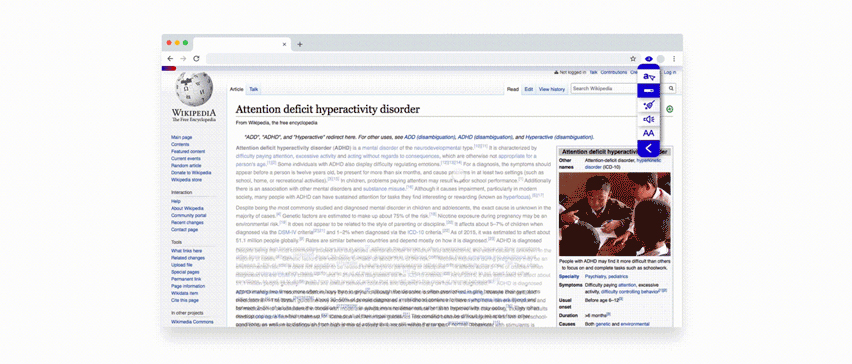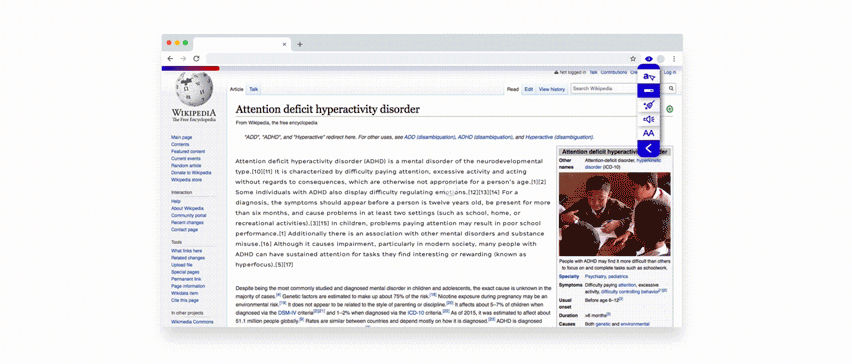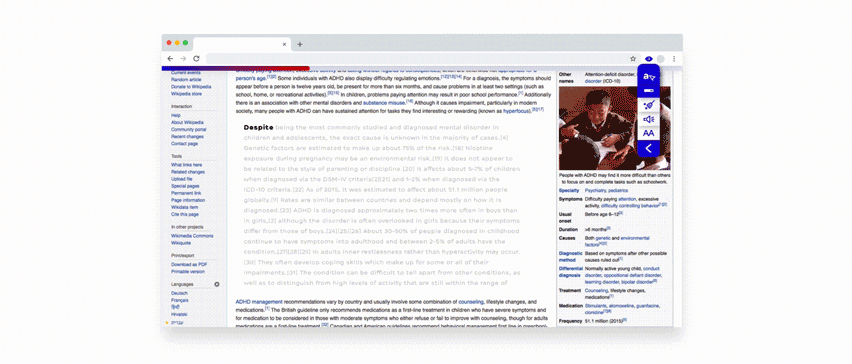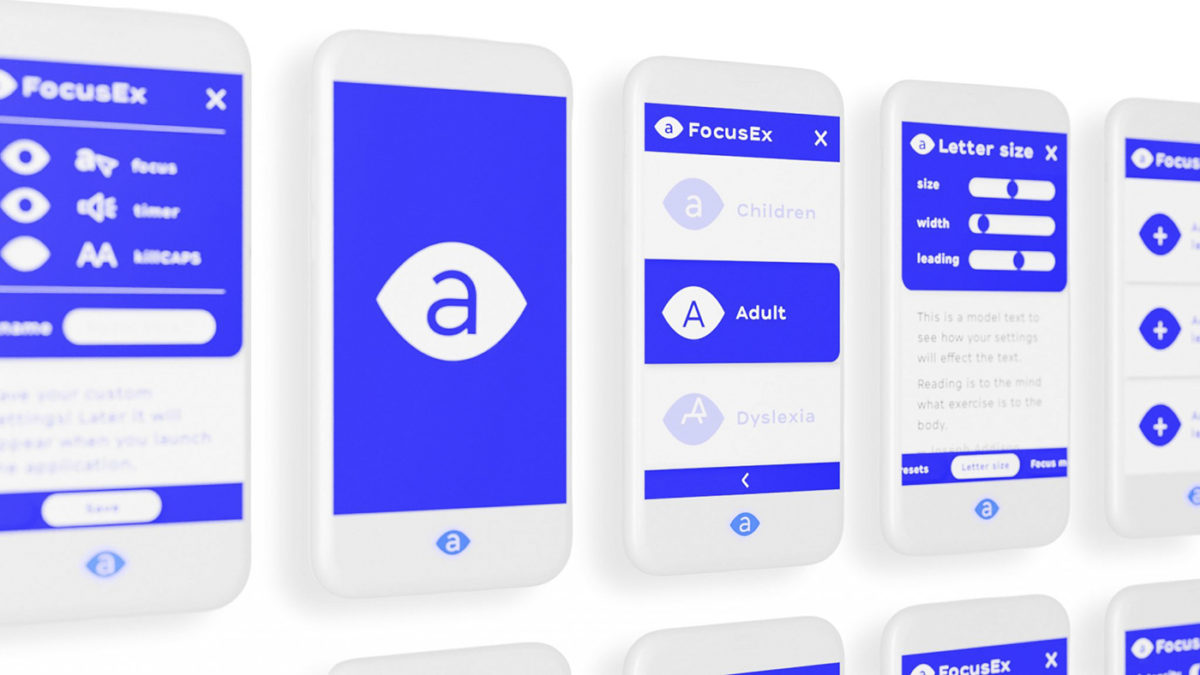
FOCUS EX, a digital tool for people with ADHD Vatány Szabolcs
Hungarian designer Vatány Szabolcs has created Focus Ex, a digital tool, still in the prototyping phase, which was developed as part of his Master’s degree at the Moholy-Nagy University of Art and Design (MOME) in Budapest. The project consists of a font and browser extension which aim to make it easier for people with attention deficit hyperactivity disorder or ADHD, to concentrate when reading online content.
The Focus Ex extension, which works on desktop and mobile, allows users to change entire paragraphs on a web page into a different typeface, called Focus Sans. The font allows the reader to customize various parameters: the space between lines and letters, the weight, width, and focus of the letter shapes can be customized according to the reader’s individual needs. Compared to a regular typeface, which comes in set sizes and styles like bold or italic, a variable font like Focus Sans allows these features to be adjusted on a sliding scale to create a vast number of variations. The result is entirely responsive and unique to the user – whether they prefer extra thick but narrow letters, wide and thin ones, or anything in between. According to Szabolcs, this kind of personalization is especially important for people with ADHD, who can often struggle with focusing and processing written information.
c
c
For the project, the designer consulted with psychology and neurology researchers from Budapest and he sent a questionnaire to fluent readers living with ADHD, to collect some data on their reading habits and potential needs.
The Focus Ex extension also features an interactive Focus Mode, which allows individual words to be seen as if through a magnifying glass by hovering over them with the cursor. This enables users to actively engage with a text and tackle it one word at a time, with the aim of improving text comprehension and recollection. This allows users to actively interact with a text and address it one word at a time, with the aim of improving comprehension and memory. Other features designed to enhance the reading experience include a status bar that displays the user’s progress, a timer for setting goals, and a filter that hides any distracting images.
For a long time, there have been variable fonts and experiments on these character types, but this project is an experiment on the application of this technology not only for aesthetic but functional purposes. As in many other works dedicated to people with physical and mental disabilities, once again we are witnesses of the help that design can provide in dealing with everyday problems.
Visit Vatány Szabolcs’ behance to see more projects and follow him on instagram!
c
via dezeen

